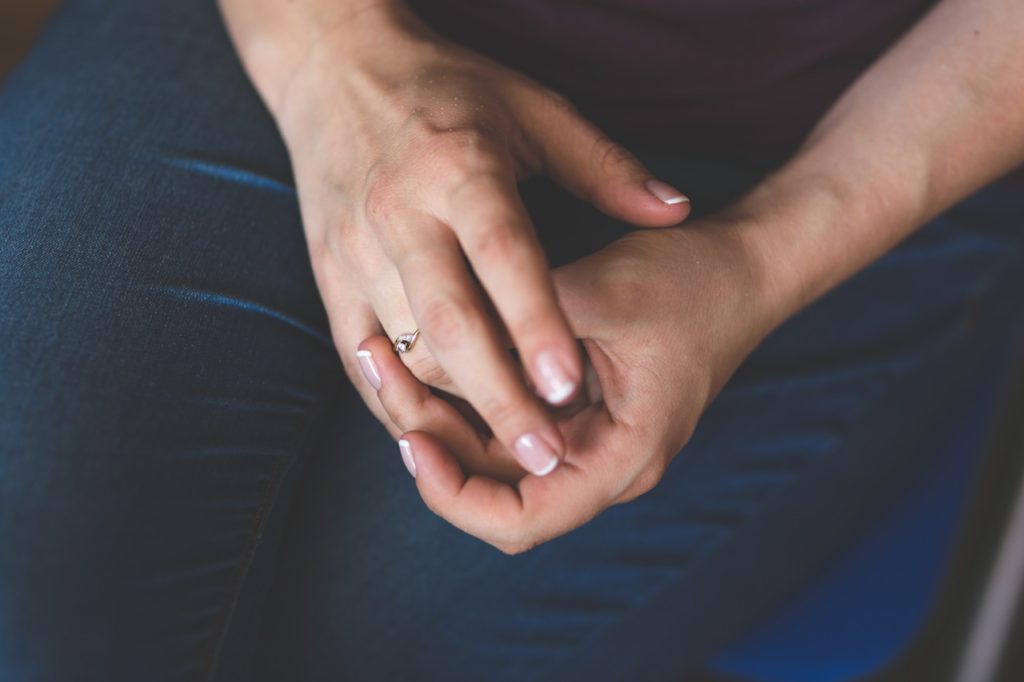Once you have selected a diamond engagement ring, then you need to choose a setting. As a diamond accounts for as much as 90% of a ring’s cost, the setting is what defines the gem’s appearance and showcases it to its best advantage. So, when you are shopping, be sure you check the various ring styles.
When shopping for the mounting (the industry’s term for a setting before it is set with a gem), think about how it will look against the wedding band. While an engagement ring may demonstrate a promise, the band ultimately trumps the engagement ring in significance. Therefore, consider whether you want to stack the two rings, customise the bands, or wear the engagement ring only for special occasions.
Wedding Sets
If you select a wedding set, you can solve this type of dilemma. The wedding set includes an engagement ring and a wedding band or an engagement ring and his-and-her bands. The rings in a wedding set complement each other. They also cohesively share certain design elements. In addition, wedding sets can save you money. Sometimes you can save as much as 50% of what you will pay for separate rings.
Whether you are purchasing a set or designing an engagement ring from scratch, every part, the gem, metal, and setting, should be selected with your lifestyle in mind. As the choices for settings are quite comprehensive, you need to look at a summation, such as a James Allen review, in order to be well-informed about your choice.
The Prong Setting for Engagement Rings
One of the popular settings is the prong setting – one that you will want to take a careful look at when buying an engagement ring. A prong setting involves the use of three to six “prongs” or claws. These claws hold the diamond in place in a metal basket. Prongs may be designed to be flat, v-shaped, rounded, or pointed and serve as the pockets for a square diamond’s corners.
When choosing between four and six prongs, be advised that fewer prongs show off more of the gem while more prongs keep the diamond more secured. However, using more prongs can also overwhelm a smaller stone. If you choose a marquise, pear-shaped, or heart-shaped diamond, make sure the gem is nestled in a v-shaped setting for protection. Flat prongs are advised for stones with an emerald cut.
More Exposure to Light
One advantage of a prong setting is that it allows more exposure to light. Therefore, using this type of mounting optimises a diamond’s brilliance. Because less metal is used, less money and time are required as well. Prongs enable you to clean a diamond more easily, too. The little claws even hold the most fragile gems securely in place.
However, prongs also offer less protection to a stone since the girdle, or the perimeter of a stone, is exposed. The prongs can also snag clothing or get caught in one’s hair. High-set prongs can hurt or scratch other people and are hard to fit inside gloves. However, lower prong settings can be fashioned to keep these issues from happening. So, if you are seeking a diamond engagement ring, review the benefits and drawbacks of using this type of mounting.
